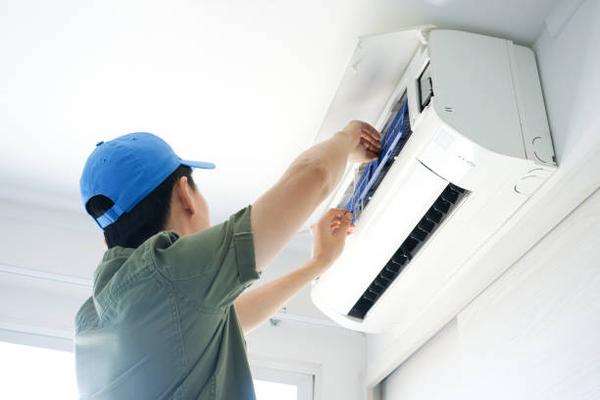Purchasing a new home is an exciting milestone, but it also comes with responsibilities, including the proper care and maintenance of your HVAC system. Heating, Ventilation, and Air Conditioning (HVAC) systems are essential for maintaining indoor comfort throughout the year. However, many new homeowners may feel overwhelmed when it comes to understanding how these systems work or what steps they need to take to ensure their longevity and efficiency.
The first step for any homeowner is familiarizing themselves with their HVAC setup. Identify whether your home has a central air conditioning unit, a furnace, a heat pump, or other components like ductless mini-splits. Locate key elements such as the thermostat(s), air filters, outdoor condenser unit (if applicable), and breaker panel switches that control power to the system. Knowing this information will help you diagnose minor issues uncover more effectively or communicate clearly with professionals during service calls.
Regular maintenance is crucial for keeping your HVAC system running efficiently while extending its lifespan. One of the easiest tasks you can undertake as a homeowner is changing or cleaning air filters regularly—typically every 1-3 months depending on usage and filter type. Dirty filters restrict airflow, reduce energy efficiency, and strain your equipment over time. Additionally, make sure vents are unobstructed by furniture or debris to allow consistent airflow throughout your home.
Scheduling annual professional inspections is another critical aspect of HVAC upkeep. A licensed technician can perform preventative maintenance tasks such as cleaning coils in the air conditioner unit, inspecting electrical connections for wear and tear, lubricating moving parts in motors or fans, checking refrigerant levels in cooling systems, and ensuring safe operation of heating components like burners or heat exchangers in furnaces.
Energy efficiency should also be top-of-mind for new homeowners who want to save on utility bills while minimizing environmental impact. Programmable thermostats are an excellent investment since they allow you to set schedules tailored around daily routines—reducing energy use during hours when no one’s at home without sacrificing comfort upon return.
Finally—and perhaps most importantly—don’t ignore warning signs that indicate potential problems within your HVAC system: unusual noises during operation; inconsistent temperatures between rooms; higher-than-usual energy bills; or frequent cycling on/off periods could all point towards underlying issues requiring immediate attention from qualified professionals.
By staying proactive about routine care while seeking expert assistance when necessary ensures not only optimal performance but peace-of-mind knowing you’re protecting both comfort & investment!



